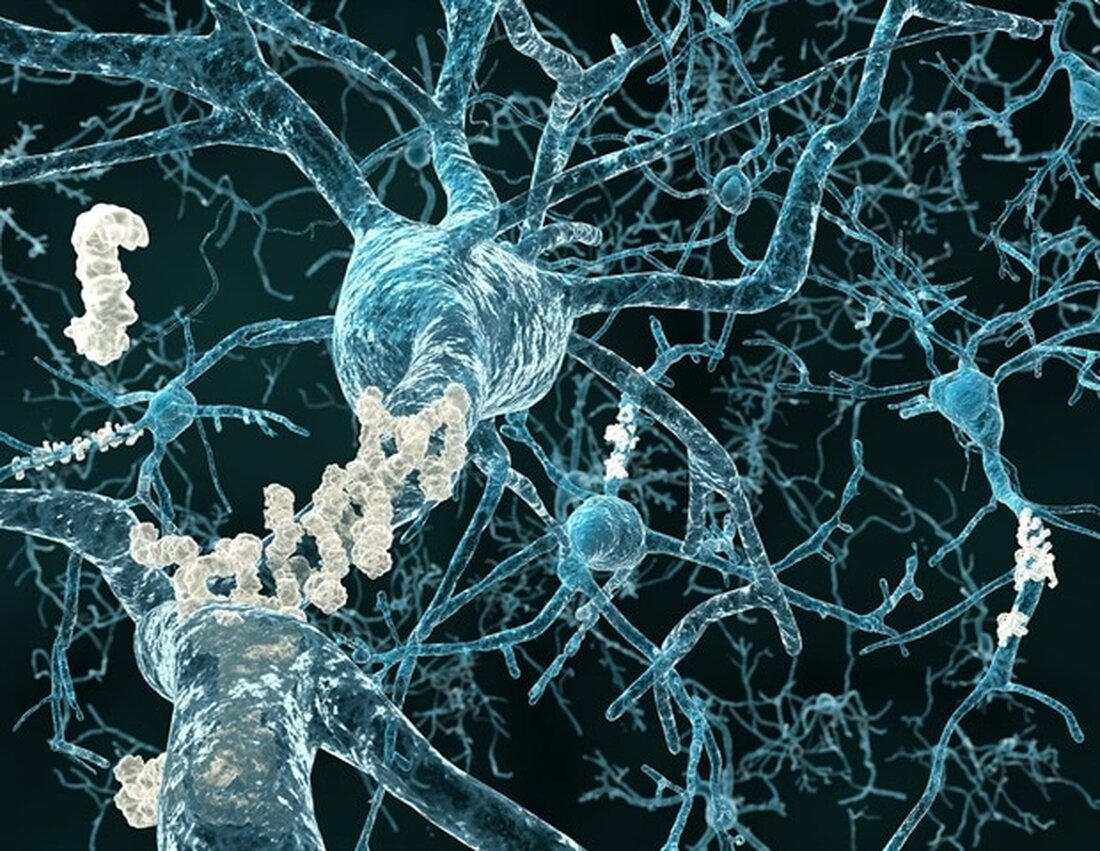New biomarker could help in the early detection of Alzheimer's disease
Previously, a definitive diagnosis of Alzheimer's disease (AD) was only possible after someone had died, but recent biomarker studies have led to the development of imaging and spinal fluid tests for those still alive. However, the tests can only monitor severe disease and distinguish advanced AD from related diseases. Researchers reporting in ACS Chemical Neuroscience have now identified a biomarker that could help doctors diagnose AD earlier when a patient progresses to mild cognitive impairment (MCI). In the search for AD biomarkers, some researchers have turned to studying subtle changes in a protein called tau. These changes or post-translational modifications can lead to...

New biomarker could help in the early detection of Alzheimer's disease
Previously, a definitive diagnosis of Alzheimer's disease (AD) was only possible after someone had died, but recent biomarker studies have led to the development of imaging and spinal fluid tests for those still alive. However, the tests can only monitor severe disease and distinguish advanced AD from related diseases. Researchers reporting in ACS Chemical Neuroscience have now identified a biomarker that could help doctors diagnose AD earlier when a patient progresses to mild cognitive impairment (MCI).
In the search for AD biomarkers, some researchers have turned to studying subtle changes in a protein called tau. These changes, or post-translational modifications, can make the tau protein more likely to clump together, leading to neuron loss and memory impairment. Two of these modifications involve phosphorylation of tau at specific amino acids, resulting in versions called p-tau181 and p-tau217. These biomarkers have been shown to effectively distinguish AD tissues from those of people with other neurodegenerative diseases. Because it is helpful to have many biomarkers in doctors' toolboxes, Bin Xu, Jerry Wang, Ling Wu and their colleagues looked for additional p-tau biomarkers that could be an effective AD diagnostic or perhaps detect AD in its early stages.
Neuroscience eBook
Compilation of the top interviews, articles and news from the last year. Download a free copy
Using postmortem brain tissue from AD patients and non-AD patients, researchers identified several p-tau biomarkers that are selectively associated with tau aggregation. Like p-tau181 and p-tau217, several of these biomarkers distinguished AD tissues from healthy controls. One in particular -; p-tau198 -; also distinguished AD from two other neurodegenerative diseases in which tau is known to clump together. Further experiments showed that p-tau198 was as effective as p-tau181 and p-tau217 in these assays. Importantly, both p-tau 198 and p-tau217 were also able to differentiate brain tissue from patients with MCI -; an early sign of AD -; from older subjects without the impairment. According to the researchers, there are currently no well-established biomarkers that can diagnose MCI. Thus, p-tau198 and p-tau217 could help clinicians intervene early as new treatments become available, before significant neurological damage occurs. Additionally, the researchers say this method could be used to find tau biomarkers with modifications other than phosphorylation.
Source:
Reference:
Wu, L., et al. (2022) Site-specific phospho-tau aggregation-based biomarker discovery for AD diagnosis and differentiation. ACS Chemical Neuroscience. doi.org/10.1021/acschemneuro.2c00342.
.

 Suche
Suche
 Mein Konto
Mein Konto
